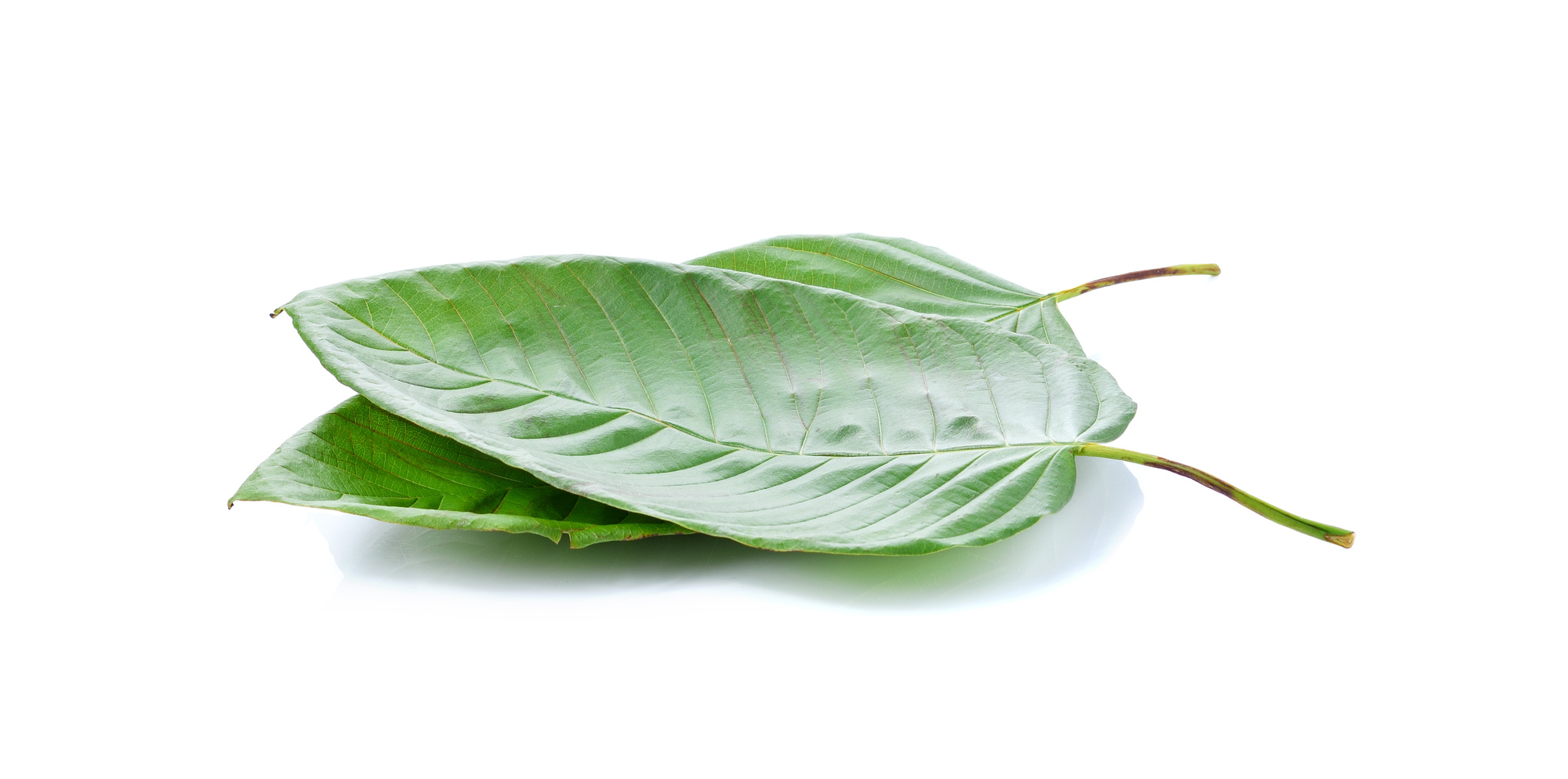What Is Kratom? Everything You Need to Know Before Trying Kratom

In Thailand and Malaya, kratom has been used in socio-religious ceremonies aimed at treating medical conditions for hundreds of years.
More recently, kratom has entered Western markets. It’s gained popularity for its psychoactive properties. Depending on the dosage, kratom can have anything from a sedative to stimulating effect.
But what is kratom and is it safe to use?
Before trying kratom, you should know what to expect. We’ll explain its safety, legality, and potential side effects. Keep reading for everything you need to know about kratom.
What Is Kratom?
A tropical tree indigenous to South East Asia, the Philippines, and New Guinea, mitragyna speciosa is part of the coffee family. Now cultivated elsewhere, this tree is where kratom comes from.
The term kratom originates from Thailand, where the mitragyna speciosa is an active ingredient in centuries-old medical preparations. In traditional preparations, the leaves of the tree are either chewed or made into a tea. They’re rarely smoked.
To make kratom as the Western world knows it, extracts are taken from the leaves. The leaves are dried and then crushed into a green or light brown, powdery substance that is ingested. They’re also combined with other plant extracts used to balance the effects of the kratom.
In the US, kratom is available for purchase as a powder or paste. Users mostly brew these substances into a tea.
Kratom is also available in a tablet or capsule form. View here the benefits of this form of kratom.
Regardless of how it’s ingested, kratom treats chronic pain. It can be sedating or stimulating, depending on the dosage as well as the type of kratom used. It’s also well-known as a way to treat opioid dependence.
Is Kratom Safe?
Kratom can have strong effects on the body. This is dependent on the type of kratom, the quality, the dosage, as well as the individual’s tolerance.
To date, there haven’t been enough clinical trials to understand all of the benefits and side effects of kratom. Clinical studies are necessary for understanding potential harmful side effects as well as interactions with other drugs or previously existing conditions of the user. They also help set regulations for proper dosing.
Furthermore, kratom isn’t approved for medical use. It’s also not regulated by the FDA, which raises some cause for concern. Without FDA oversight on kratom production, there are no safety standards associated with producing kratom.
The effects caused by kratom are a result of the high concentrations of natural chemicals it contains. It’s reported that kratom contains just as many alkaloids as both opium and hallucinogenic mushrooms.
These alkaloids can cause both positive and negative effects. While they can help treat pain in the right amounts, too much can also cause a risk to normal breathing. Like other strong opioids, kratom may cause an individual to stop breathing altogether.
Is Kratom Legal?
In 2016, the Drug Enforcement Agency (DEA) announced that it would classify kratom as a scheduled drug. As a Schedule I drug under the Controlled Substances Act, kratom would have been listed as a restricted drug among the likes of heroin, the marijuana plant, and LSD.
Due to a backlash from drug reform advocated, the DEA overturned this decision.
As such, kratom remains legal in the US. However, it’s used is still banned in some states. These states include Alabama, Arkansas, Indiana, Tennessee, Vermont, Wisconsin, and Louisiana.
Outside the US, kratom is illegal in Thailand, Australia, Malaysia, and several European Union countries.
Where Can You Buy Kratom?
If you’re looking for kratom in the US, you can find it in tea stores, convenience stores, and stores that sell supplements and alternative medicines. You can also purchase it online from various retailers.
Is Kratom Addictive?
With only one prominent study on the subject, it’s unknown whether kratom is addictive. It’s worth noting that the psychoactive ingredient of kratom, mitragynine, has been found to be addicting.
How Does Kratom Work?
The main chemicals that create the “high” associated with kratom are mitragynine and 7-hydroxymitragynine. These chemicals are found in the kratom leaf.
Mitragynine is the more prominent of the 2 chemicals. It has effects similar to other opioids. 7-hydroxymitragynine, on the other hand, is 13 times stronger than morphine.
This is what makes kratom a powerful psychoactive substance. It can be used as both a stimulant as well as an analgesic or sedative. The desired effect can be achieved through certain dosages.
For example, using a few grams of kratom can produce effects including alertness, sociability, and giddiness. These can be felt within 10 minutes of ingestion and may last for over 1 hour.
Taking between 10 and 25 grams can elicit a more sedative effect. At this dosage, kratom can be used to treat chronic pain. The effects include calmness, euphoria, as well as a reduction in emotions and physical sensation, and last for up to 6 hours.
Other Uses for Kratom
The main reason that drug reform advocates created such an outcry over the scheduling of kratom was due to its use as an opioid alternative. Since the mid-1800’s, kratom has been used as a substitute for more addictive and harmful opioids.
Considering the extent of the opioid crises in the US, any alternative is worth more research. This is especially true considering that kratom allows users to treat themselves with anonymity. This provides them with the choice to self-medicate without the involvement of the health care system or problems with law enforcement.
Are There Any Side Effects?
Immediate side effects of kratom ingestion include rapid heartbeat, agitation, drowsiness, high blood pressure, and nausea. Other short-term effects may include the following:
- Itchiness
- Profuse sweating
- Dry mouth
- Constipation
- Diarrhea
- Urination
- Loss of appetite
- Hallucinations
- Seizures
There are also side effects associated with the long-term use of kratom. These include:
- Weight loss
- Insomnia
- Discoloration of the skin (on the cheeks especially)
- Tremors
- Psychosis
In order for these claims to be substantiated, more research has to be conducted. This includes research around the production of kratom, the various strains available, as well as proper dosages and interactions.
More on Kratom and Other Natural Treatments
As a substance used for centuries to treat chronic pain as well as opioid addiction, kratom is worth more in-depth research. Researchers can answer the question “what is kratom” but still don’t know enough about all of its benefits or potential consequences. But as alternative treatments gain popularity, kratom is sure to become the subject of much study and critical debate.
For more information on alternative treatments and other amazing science facts, check out our blog.



